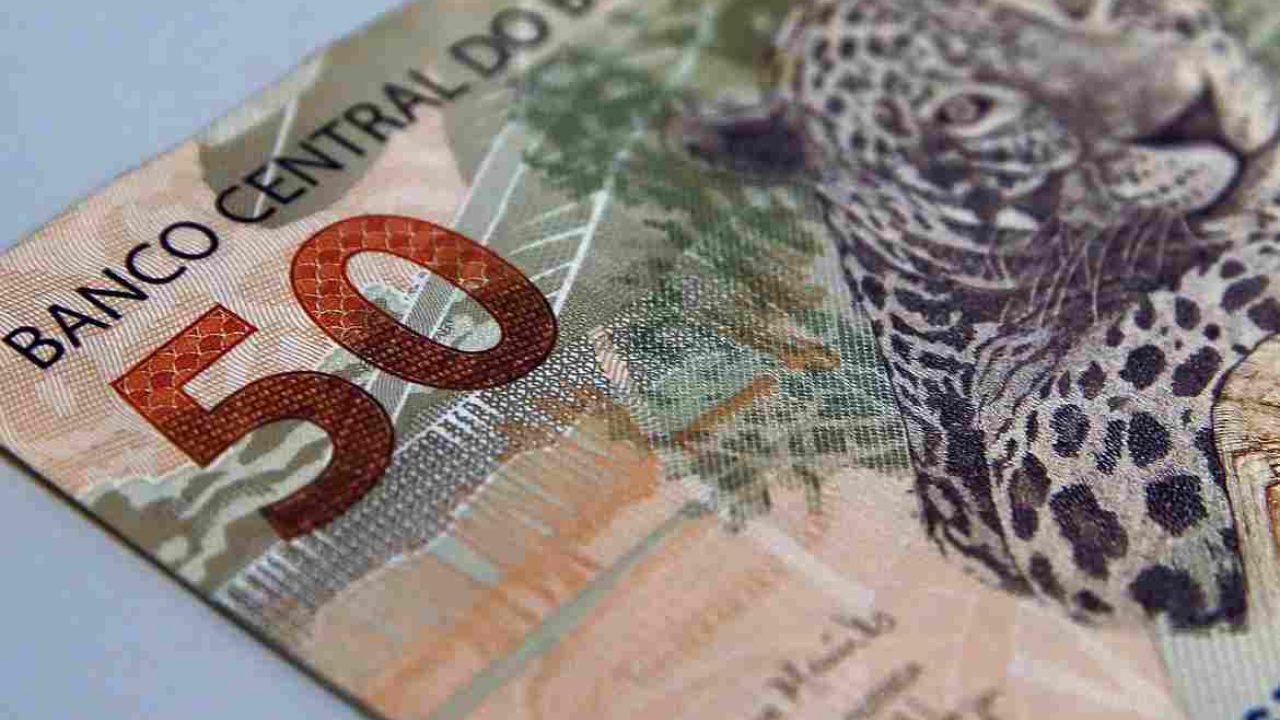RIO DE JANEIRO, BRAZIL – The financial market outlook for the Brazilian economy’s decline this year was adjusted from 5.66 to 5.62 percent.
The estimate for the GDP – the sum of all goods and services produced in the country – is contained in the Focus bulletin, published every week by the Central Bank (BC), with projections for the main economic indicators.
For next year, a growth of 3.50 percent is expected, the same projection for 11 consecutive weeks. In 2022 and 2023, the financial market continues to project an increase of 2.50 percent in GDP.

The financial institutions surveyed by the Central Bank kept the projection for the Broad National Consumer Price Index (IPCA) at 1.63 percent this year.
For 2021, the inflation estimate has remained at three percent for eight consecutive weeks. The projections for 2022 and 2023 also remained unchanged: 3.50 and 3.25 percent, respectively.
The projection for 2020 is below the inflation target that should be pursued by the Central Bank. The target, as defined by the National Monetary Council, is of four percent in 2020, with a tolerance interval of 1.5 percentage points up or down. In other words, the lower limit is 2.5 percent and the upper limit 5.5 percent.
The target for 2021 is 3.75 percent, 3.50 percent for 2022, and 3.25 percent for 2023, with an interval of 1.5 percentage points up or down each year.
In order to meet the inflation target, the Central Bank uses as its main instrument the basic interest rate, SELIC, currently set at two percent per year by the Monetary Policy Committee (COPOM).
For the financial market, the SELIC is expected to close 2020 at two percent per year. For the end of 2021, the basic rate is expected to reach three percent per year. For the end of 2022, the forecast is for 4.9 percent per year and six percent per year by the end of 2023.
When the COPOM reduces the SELIC, the trend is for credit to become cheaper, with incentives for production and consumption, reducing the control of inflation and boosting economic activity. However, banks consider other factors when defining the interest charged to consumers, such as default risk, profit, and administrative expenses.
When the COPOM raises the basic interest rate, the goal is to contain heated demand, and this has an impact on prices because higher interest rates raise the cost of credit and encourage savings.
The projection for the dollar rate remains at R$5.20 at the end of this year. By the end of 2021, the expectation is that the American currency will stand at R$5.
Source: Agência Brasil

